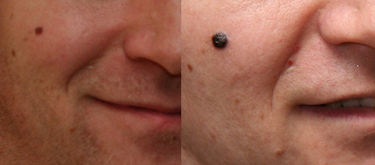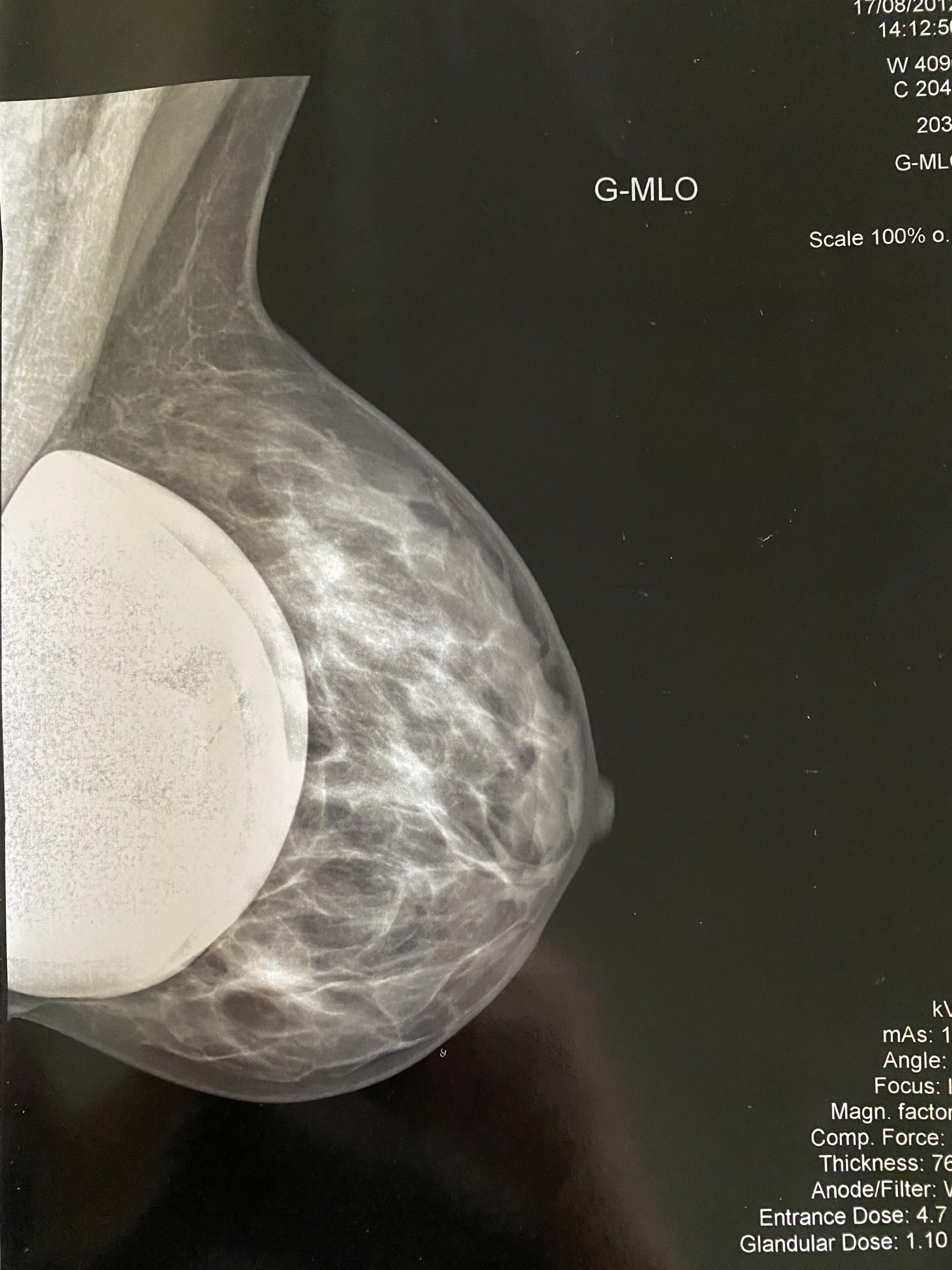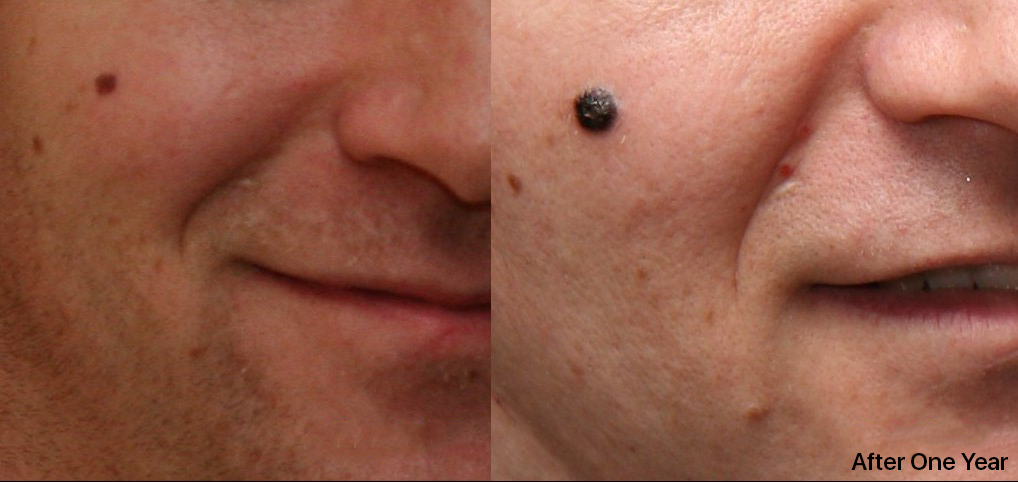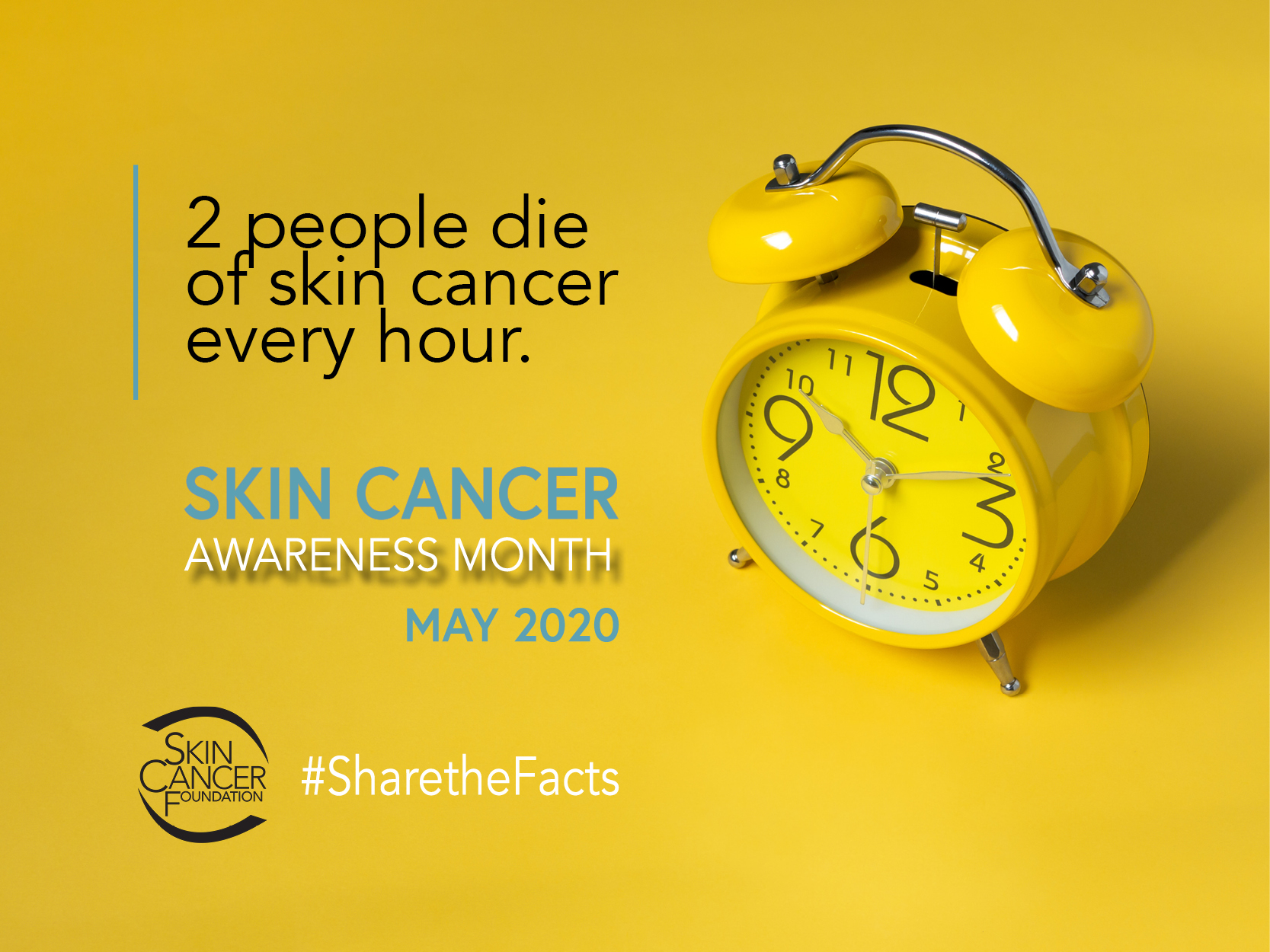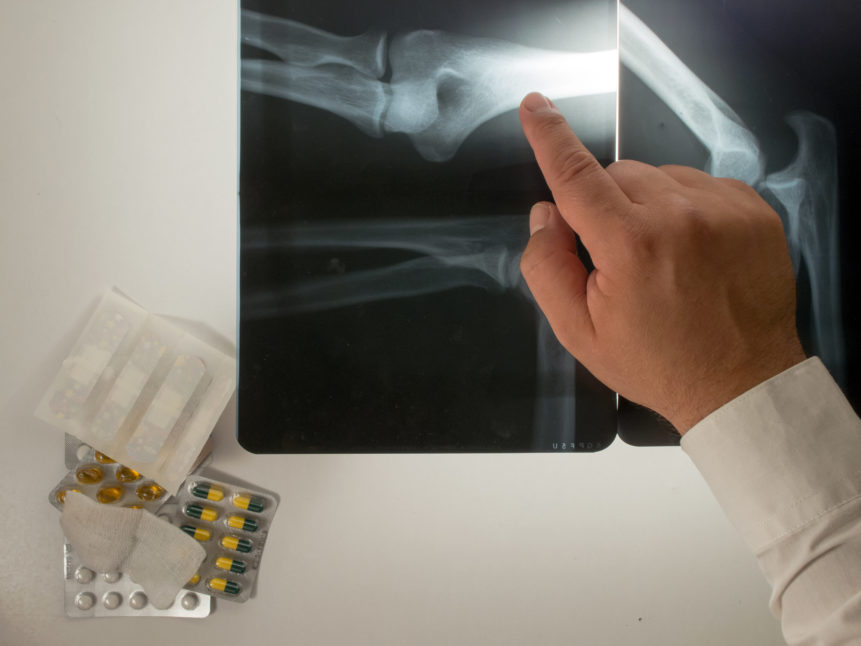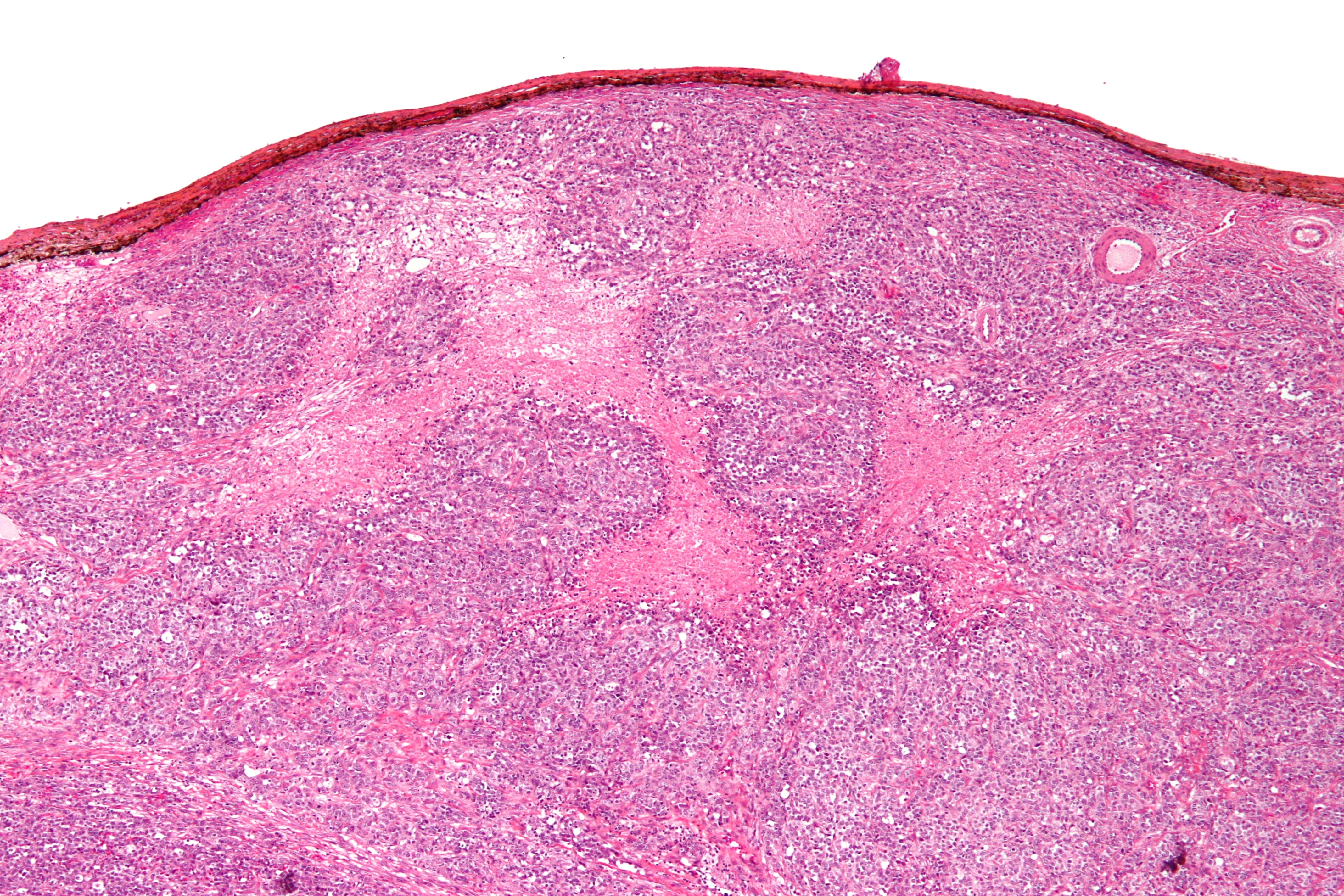The Silent Epidemic of Diagnostic Errors
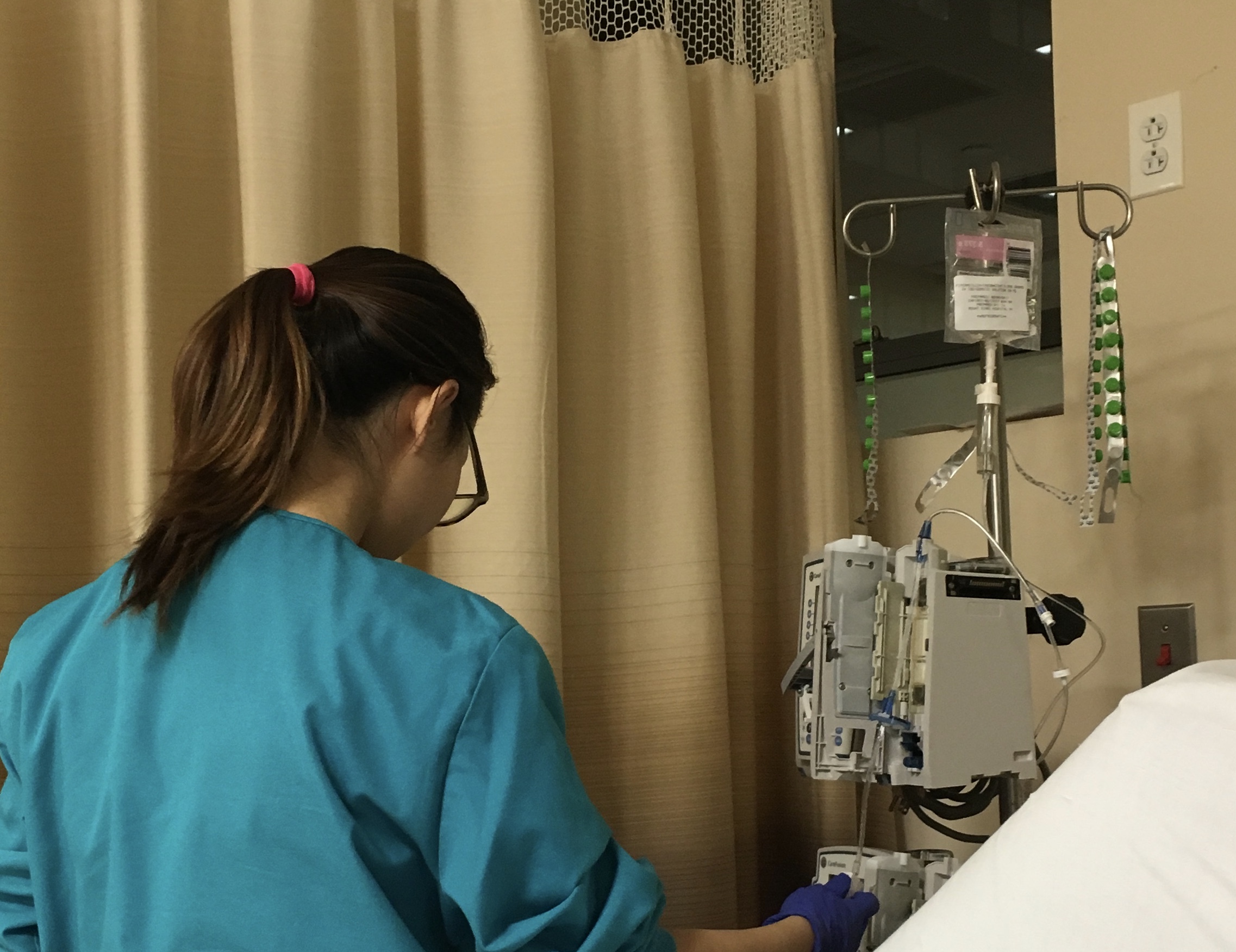 Misdiagnosis of diseases and medical conditions is leading to an estimated 800,000 cases of permanent disability or death each year according to a recent study published by researchers at the Johns Hopkins Armstrong Institute Center for Diagnostic Excellence, in partnership with researchers from the Risk Management Foundation of Harvard Medical Institutions Inc.
Misdiagnosis of diseases and medical conditions is leading to an estimated 800,000 cases of permanent disability or death each year according to a recent study published by researchers at the Johns Hopkins Armstrong Institute Center for Diagnostic Excellence, in partnership with researchers from the Risk Management Foundation of Harvard Medical Institutions Inc.
Misdiagnosis is not a mere statistic; it is a human tragedy that affects hundreds of thousands of patients and their families every year. The report reveals that approximately 371,000 people lose their lives, while another 424,000 suffer from permanent disabilities annually due to misdiagnosis. These disabilities encompass brain damage, blindness, loss of limbs or organs, and even metastasized cancer. Behind these numbers are real individuals whose lives have been irreversibly altered or lost due to medical negligence.
 New York Personal Injury Attorneys Blog
New York Personal Injury Attorneys Blog


